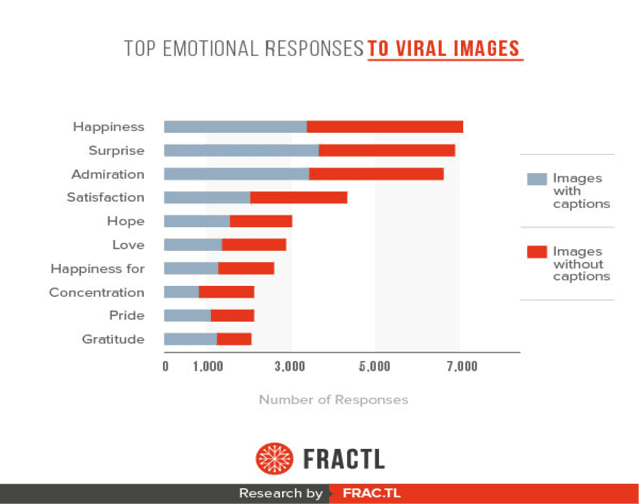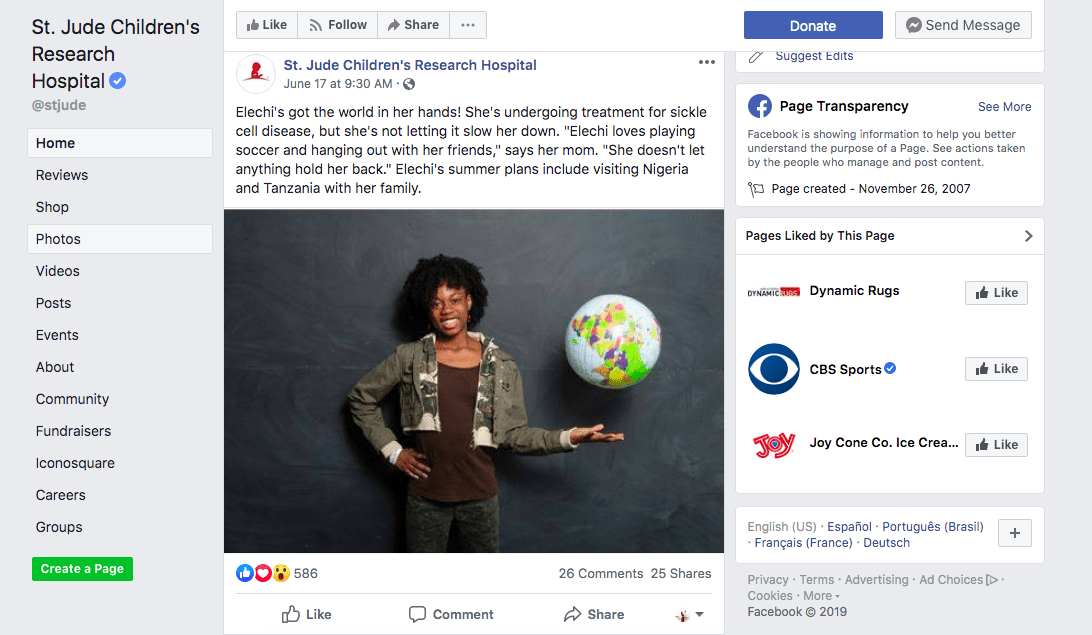How Psychology Can Help You on Social Media
Why do people love scrolling through Instagram? Liking stuff on Facebook? Pinning things on their Pinterest boards?
There’s a reason behind every trend we experience and app we love. The more you can come to understand your target audience and why they do the things they do, the better you can market to them on your chosen social media platforms. In truth, comprehension of human psychology is one of the best marketing tools you can keep in your back pocket.
Let’s talk about three of the biggest psychology concepts you need to understand in order to succeed on social media. These just scratch the surface of psychology-based marketing efforts, but they’ll give you a great starting place for launching some new social media campaigns.
The Reciprocity Effect: Give Back to Those Who Give to You
Why do we feel the urge to like someone’s photo if they recently liked ours? Put simply, humans feel obliged to return favors. There’s actually a term for this concept – “the norm of reciprocity.” Lots of research has gone into understanding the powerful influence of reciprocity on our behavior, and social media is certainly affected.
Businesses can play into this reciprocity effect by connecting with users on social media. For instance, take a look at Teva’s Instagram. This shoe company takes photos from other Instagram users and highlights them on their profile, which gives the original poster attention. That poster then feels a connection with the brand and is more likely to buy their shoes again in the future.

Liking your followers’ posts, sharing their content, and generally engaging with them is a strong persuasion technique. You aren’t outright asking them to support your brand, but you’re giving them a reason to reciprocate your positive actions. Plus, you might be surprised by how much this high level of follower engagement improves your brand’s online reputation amongst social media users.
Humans Like to Share Positivity
Although we might often feel like the media highlights mostly negative subjects, positive content actually gets shared more than negative content on most social media. People like to share information about charitable causes, happy events, or things they love. Therefore, tapping into this positivity can actually boost your social media success.
Consider this information provided by research from Frac.Tl.

When looking at all the social media images that went viral, ones that generated emotions of happiness, surprise, and admiration were the most common. Additionally, images with real captions are more likely to be widely shared.
Rather than tapping into the negativity fueled by other aspects of the media, businesses can benefit from creating content that is full of morals and innovative, admirable business ideas. As the above graph indicates, you want your social media content to generate happy and positive emotions.
Think about St. Jude Children’s Research Hospital and its marketing strategies. Although they could easily play into the sob-stories of families who struggle with cancer, instead, the marketers share happy, heart-warming posts of children who have diseases. That’s not to say you should sugar-coat things, but there is a way to spin even sad stories into something positive that touches people.

Think about the kinds of emotions your social media content is eliciting. Are you posting things that will make people admire your brand and feel positive when they view them? Or are you sharing content that makes people feel apathetic, disappointed, or envious?
Tap Into the FOMO
Having anxiety about not being included in something everyone else is enjoying is a real, genuine problem people struggle within today’s society. Many studies have shown that different age groups, especially millennials, worry that they’re being excluded from rewarding experiences that others are having. Social media has certainly increased this problem by showcasing the best of people’s lives and activities.
Obviously, we don’t want to be exploitative when tapping into the “fear of missing out” in marketing strategies, but you can play into the idea that “everyone” is using your product. Build on the concept that those that aren’t following you or shopping with you are missing the big experience. Then, show them how they can join in the experience with your help.
A fantastic example of this FOMO-technique is Booking.com’s latest #BeaBooker campaign.
The concept is that there are those that book vacations and those that don’t. Which group would you rather be lumped in with – the ones missing out or the ones having a fantastic time in Booking.com’s video advertisements? After watching the video, you likely won’t feel sad that you’re missing out. Instead, you’ll feel fueled to join the rest of the bookers who are living their best lives.
When using the FOMO marketing strategy, be careful: you walk a thin line between playing into human anxiety and boosting your brand’s image. You don’t want your followers to think you’re showing them what they can’t have, nor do you want to highlight the “fear” aspect too much. People get enough of that from the news and other media sources.
Instead, show your followers what they could have as many others do. Make your users feel empowered and like they can join those who are enjoying your products and services. As was shown before, positivity is powerful, and the FOMO technique can be something very positive if used carefully.
In Summary
If psychology is the study of human behavior, then marketing is how we use human behavior in order to spread brand awareness and increase sales. Now, more than ever is the time to focus on how your followers’ act and what they respond to. Social media allows for direct interactions with followers, so you need to understand them well enough in order to employ a successful strategy.
By understanding basic human tendencies, such as our need to reciprocate or our desire to share positive news, you’ll improve your social media strategies immensely. Focus on what your followers want and why then use that psychology to alter your approach.









